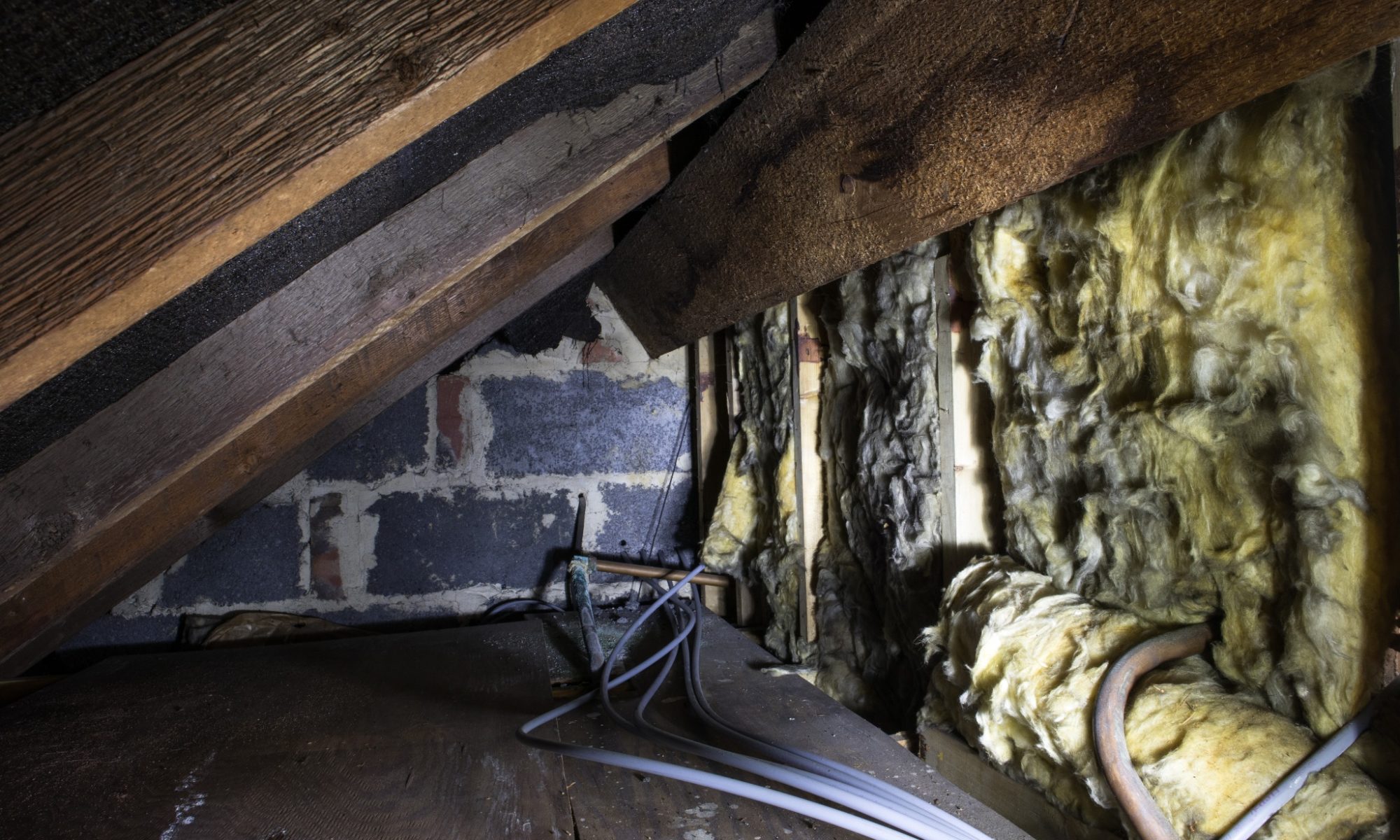
Do you know what’s lurking beneath your home? Do you know how to keep pests out of your crawl space?
If you haven’t been down there for a while, chances are you’ve acquired a few pests. Crawl spaces are notorious for attracting all kinds of bugs and rodents.
If untreated, these pests can eventually make their way into your home. Thankfully, Environmental Pest Management is here to help.
We provide safe and effective pest management year-round.
With regular treatment, we can help protect the foundation of your home by keeping pests out of your crawl space. We are located in Burnsville, MN, but we service the greater Twin Cities Metro area.
We offer residential, commercial, and multi-family services as well as TAP insulation. Schedule a free crawl space inspection with Environmental Pest Management today!
Common Pests Your Crawl Space Attracts
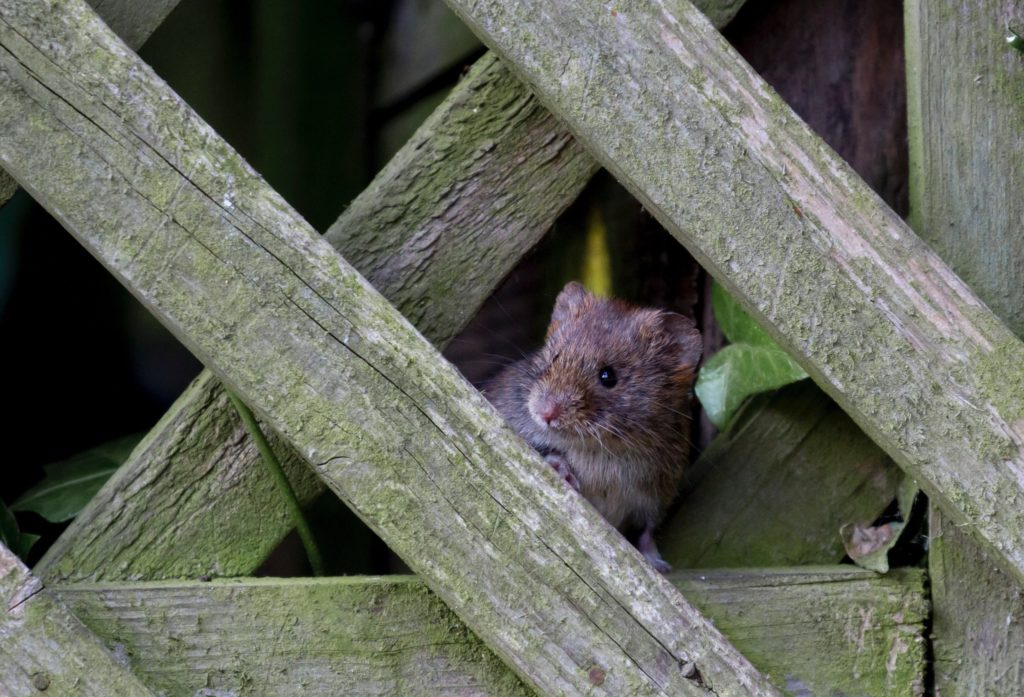
No crawl space is fully immune to bugs and rodents. However, if you stay up to date with regular inspections and treatment from Environmental Pest Management, your chances improve significantly.
Certain types of vermin are common to crawl spaces in Minnesota. You may encounter the following:
- Bats
- Chipmunks
- Mice
- Moles
- Rats
- Squirrels
- Voles
In addition to mammals, insects are notorious for clustering in dark, damp spaces. Common insects found in your crawl space include:
- Bees and Wasps
- Beetles
- Carpenter Ants
- Cockroaches
- Earwigs
- Silverfish
- Termites
Let’s look at some effective prevention measures you can take to ward off any unwelcome guests.
Tip #1: Keep Pests Out Of Your Crawl Space By Deep Cleaning and Removing Pest Attractors
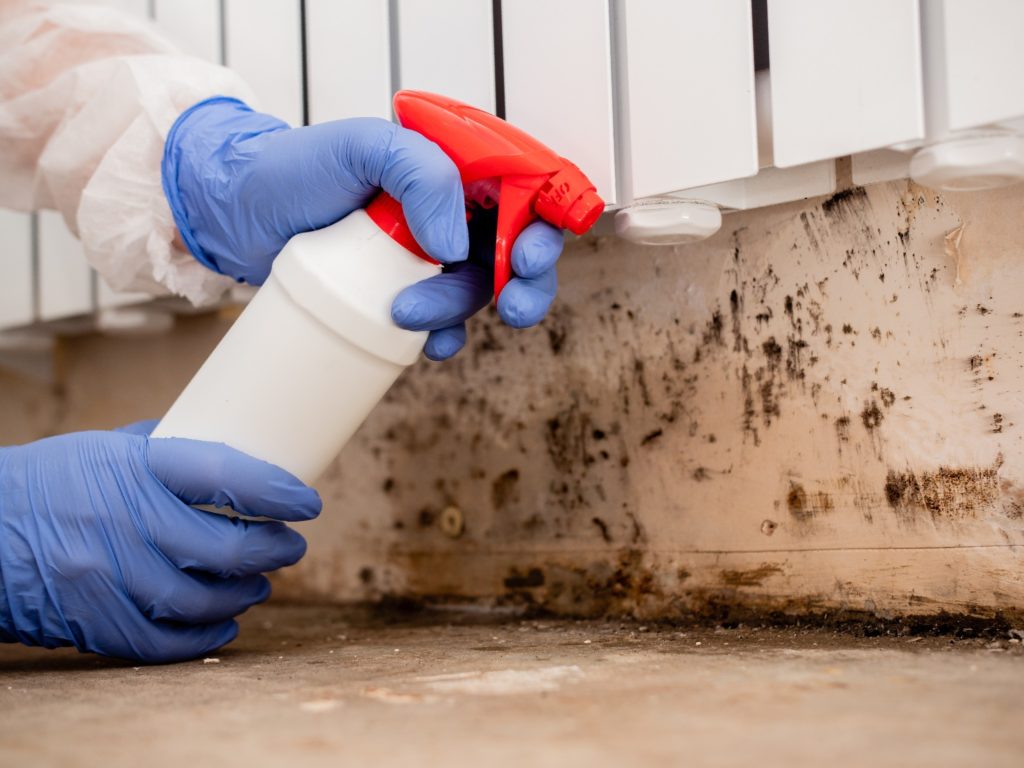
Crawl spaces are great for storage. However, make sure it contains absolutely no food of any kind, even pet food.
Pests live and breed near food, including sealed food. Foods attract pests, so make sure your space is devoid of any and all.
If yours does happen to contain food, make sure to remove it promptly. Then once cleared, give your crawl space a thorough deep cleaning to eliminate any crumbs or remnants.
Cleaning your crawl space helps fend away pest activity.
Tip #2: Remove External Debris and Foliage
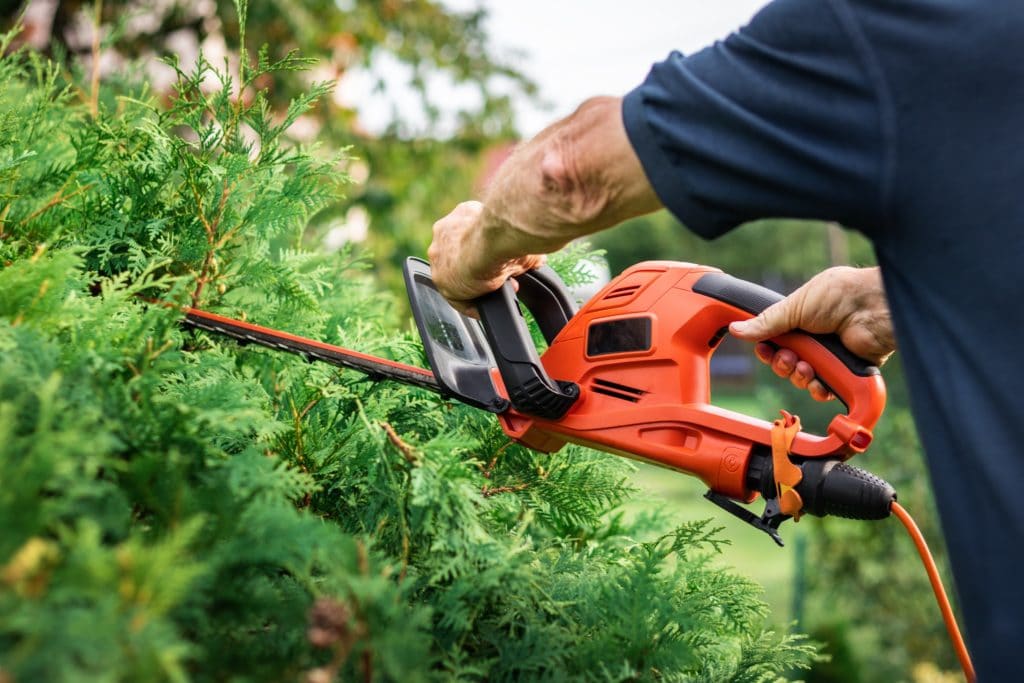
The bushes and shrubs surrounding your home are natural habitats for all kinds of critters. Making sure your home’s exterior is clear will help prevent infestation.
Many invasive bugs are attracted to certain types of foliage. For instance, the boxelder bug is known for being attracted to the boxelder tree, from which its name originates.
Other pests and rodents are attracted to fruit trees and sweet perennials like hostas and roses. Stinkbugs and chipmunks love anything sweet and are notorious for hiding indoors when cold weather hits.
Foliage from nearby trees can push up against the house, creating damp hiding places suitable for pests. Keep pests out of your crawl space by clearing all loose debris away from your foundation walls.
Tip #3: Seal Cracks and Openings
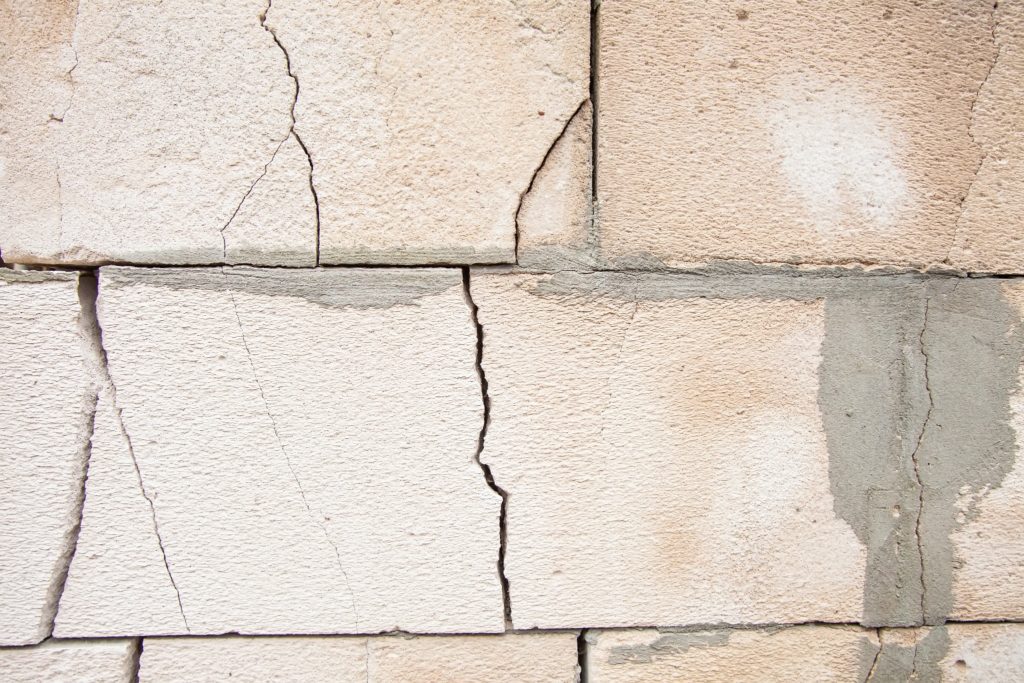
Once the debris has been cleared away, it will be easier to spot any cracks or openings in your foundation.
Cracks are an open invitation for pests to enter your home.
Seal these open cracks with caulking, foam insulation, wood, or cement blocks and replace any broken boards.
Tip #4: Shine a Light
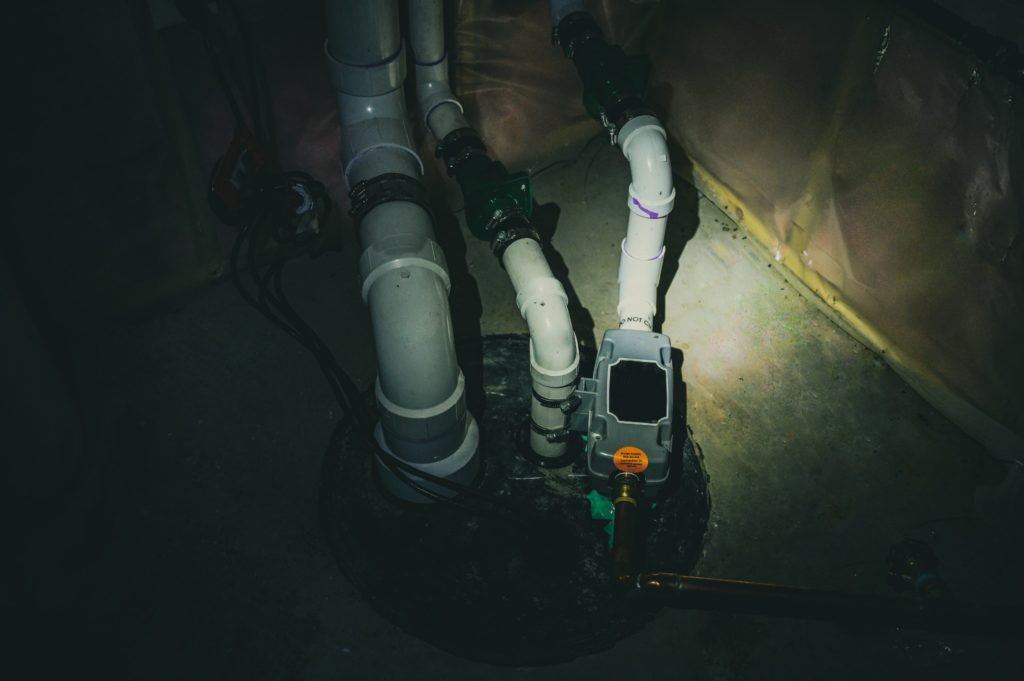
Most crawl space bugs and rodents will flee at the first sign of light.
You can’t stay down in your basement or crawl space with a flashlight 24/7. But you can have simple LED lighting installed.
Low-cost and energy-efficient LED bulbs will help keep pests away. And if your space has any appliance parts or piping, it will be easier to service them with proper lighting.
Tip #5: Set Traps
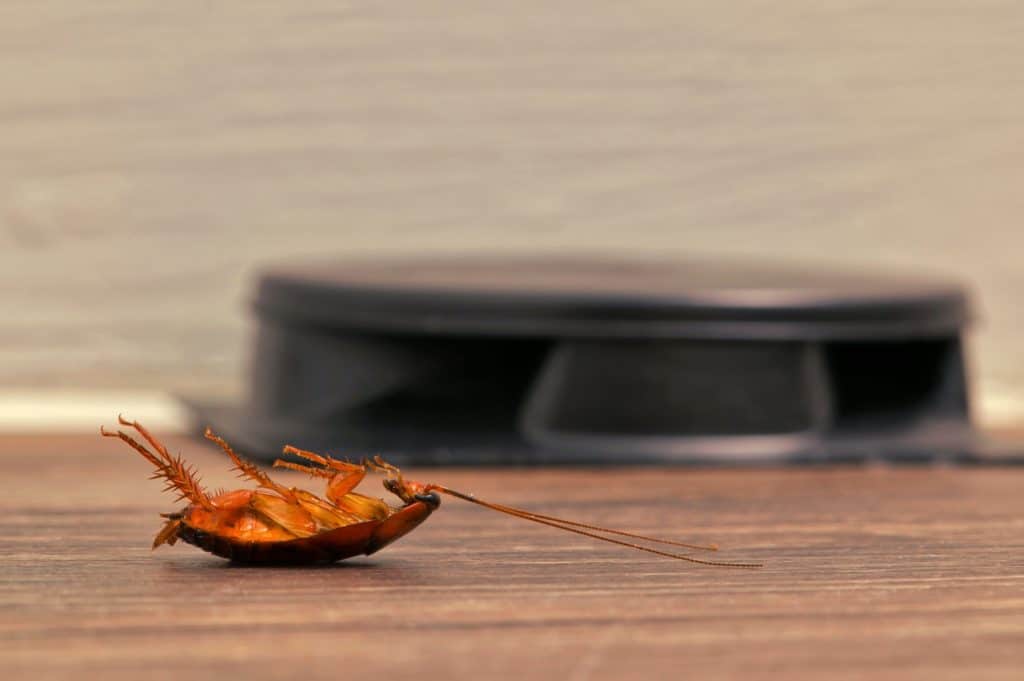
Setting traps is effective, cost-efficient, and they do the job of keeping pests out of your crawl space. Traps should be placed both inside and outside the home.
Not all traps are created equal. Traps purchased through a local retailer work for the short term, but the poison wears out over time.
Another “trap” is having a pet who hunts. Some cats are great hunters for vermin like mice and rats, and dogs will occasionally eat certain bugs.
Keep pests out of your crawl space by letting your pets inspect the area. Just make sure you don’t have any poison traps around when they’re running loose.
Tip #6: Install Proper Ventilation
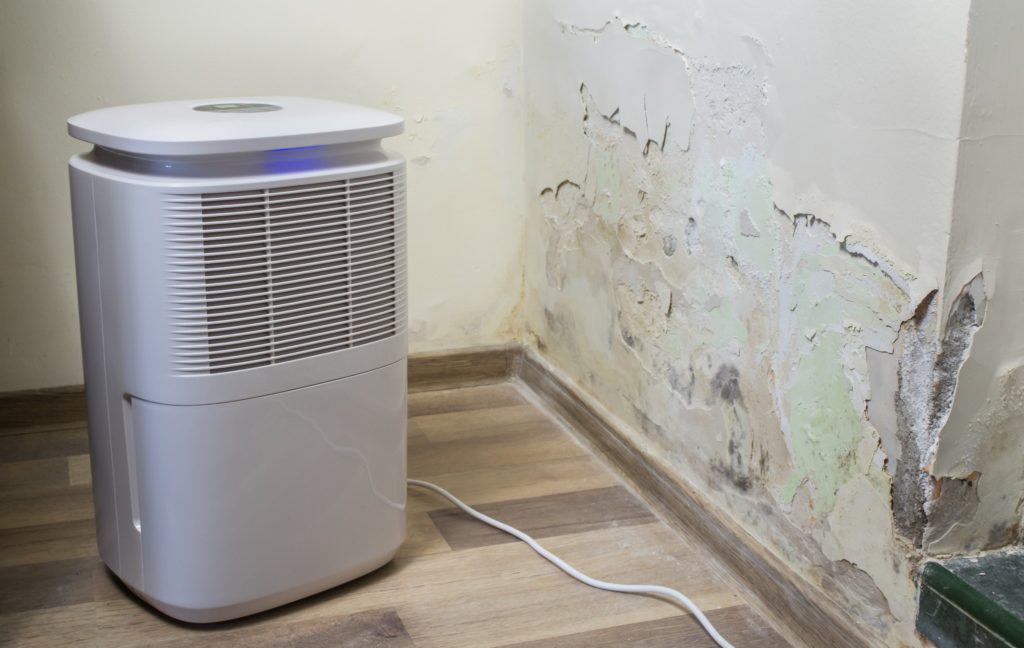
Crawl space rodents and insects thrive in humid environments. To lower humidity and moisture levels, install a dehumidifier.
While dehumidifiers are a quick fix, a ventilation system is best at keeping mold, mildew, and wood rot at bay. Vents can both open and close, which adapts well to Minnesota’s constantly changing weather.
Most new homes are built with crawl space ventilation systems. However, if your home is older, you will want to remove and replace moisture-rotted beams before installation.
Dirt and concrete walls and flooring will help further prevent moisture from spreading.
Each state’s HVAC IRC code varies, but most ventilators are required to cover 150 square feet of crawl space. Be sure to check with your city’s code to make sure you have enough.
Tip #7: Crawl Space Encapsulation
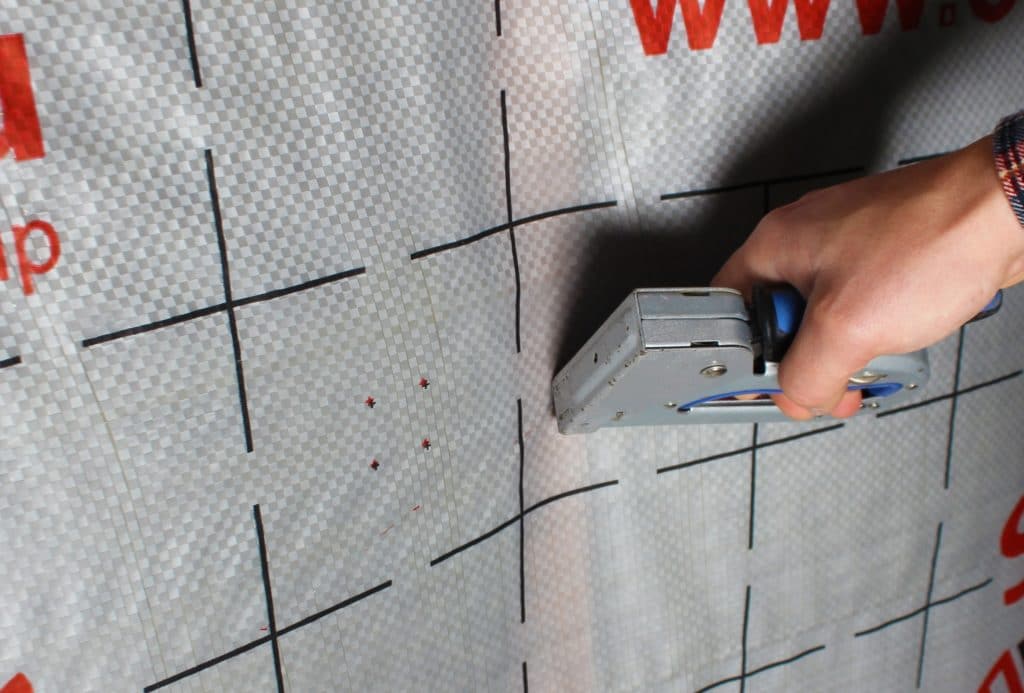
The most effective way to control moisture levels, create a vapor barrier, and seal off any cracks is plastic encapsulation.
A 20-millimeter thick encapsulation will create a plastic vapor barrier in your crawl space. It will cover the floor, walls, and ceilings, so pests can’t enter your crawl space.
Regular Inspections Are Best
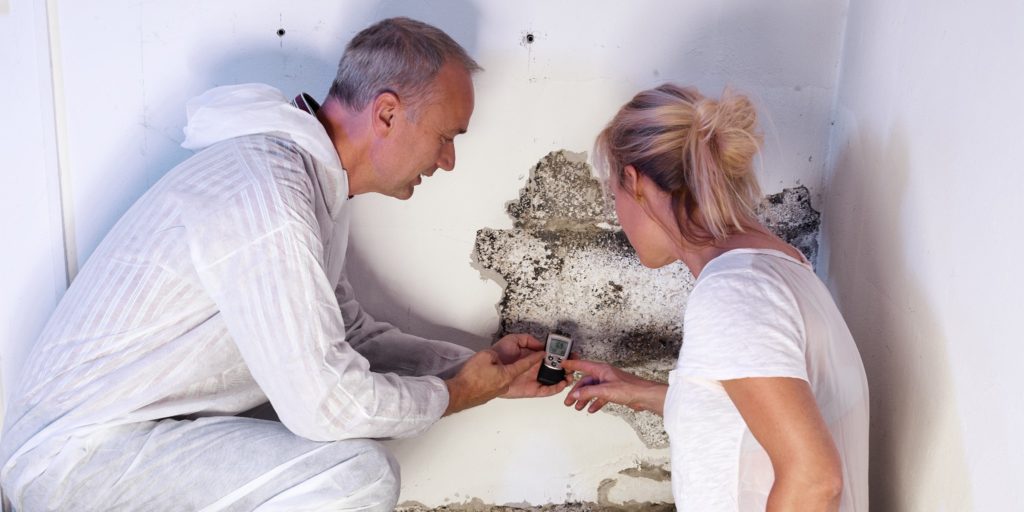
Regular and frequent inspections in and around your home are the best prevention against unwanted pests.
Find out more about Professional Integrated Pest Management (IPM) by Environmental Pest Management. This service will ensure your home stays pest-free for as long as you own the home.
Environmental Pest Management will answer any WHAT, WHY, HOW, and WHEN questions you may have. Their unique solutions will help get to the root of the problem.
After identifying the source, they will help you take the appropriate measures to protect the foundation of your home.
With Environmental Pest Management, you can prevent pests from entering your crawl space with regular inspections and treatment.
Schedule your free crawl space inspection with Environmental Pest Management today!
